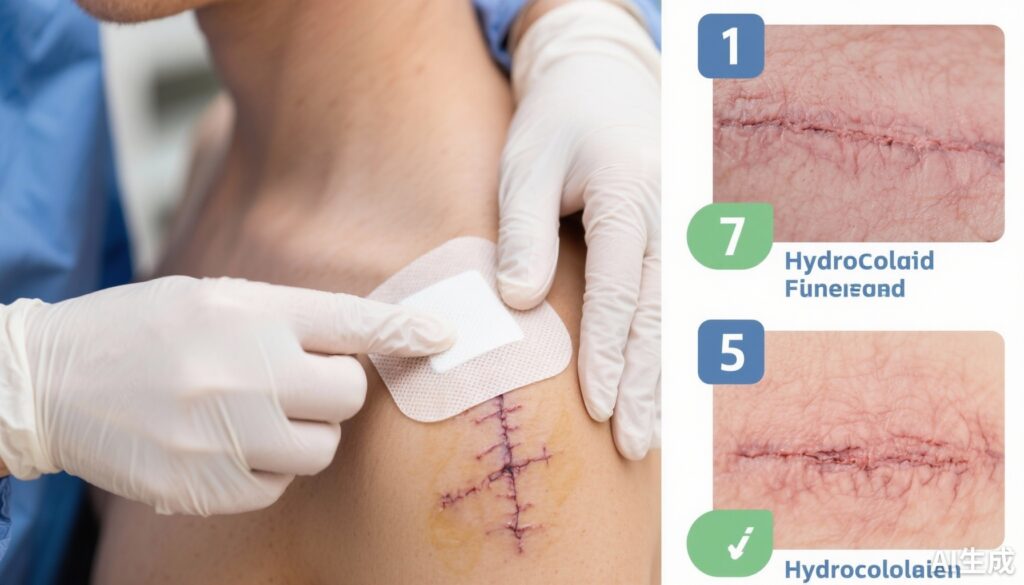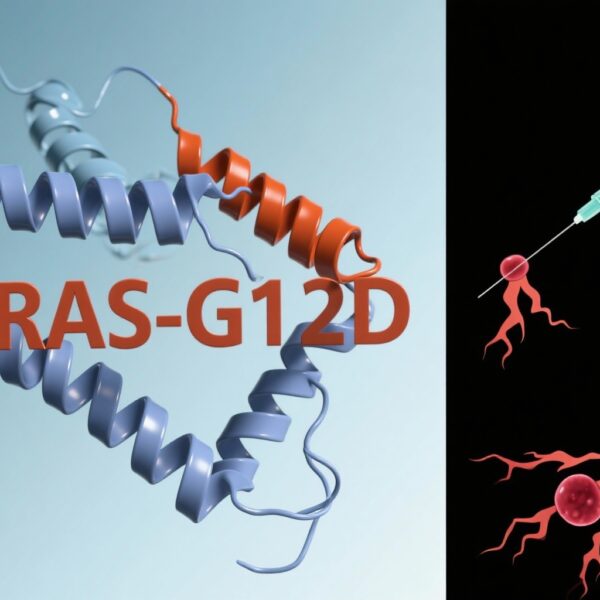Introduction
Wound healing and scar management are critical aspects of dermatologic and surgical care, impacting both function and cosmesis. Postoperative strategies aim to optimize healing while minimizing adverse outcomes such as infection, dehiscence, and undesirable scarring. Traditionally, petroleum-based ointments like petroleum jelly have been widely used to maintain wound moisture, promoting healing and aesthetic outcomes. Recently, hydrocolloid dressings (HCDs) have gained attention as a wound adjunct due to their unique ability to create a moist healing environment with added benefits of barrier protection and ease of use.
However, evidence comparing these two approaches, particularly regarding scar appearance and safety in the context of dermatologic surgeries, remains limited. This gap underscores the importance of rigorous clinical trials to inform best practices.
Background and Clinical Context
Postoperative wound care significantly influences scar quality and patient satisfaction. While petroleum ointments have long been used, their application requires daily reapplication, which can be inconvenient and variable in effectiveness. Hydrocolloid dressings, predominantly used in chronic wound care, offer a one-time application that maintains a moist environment conducive to optimal healing.
Despite this theoretical advantage, the current literature lacks high-quality randomized clinical trial (RCT) data comparing HCDs with petroleum ointments after skin excision or Mohs micrographic surgery. Given the cosmetic and functional implications of surgical scars, establishing evidence-based recommendations is essential.
Study Design
This investigation was a prospective, investigator-blinded, randomized clinical trial conducted over a year at a sizeable public university in Indiana. The study enrolled 146 adult patients (≥18 years) scheduled for standard excisional or Mohs micrographic surgery with linear bilayered closure. Key exclusion criteria included the use of flaps or grafts, prior HCD use, topical chemotherapy application, allergy to adhesives, scars in hair-bearing regions, and communication barriers.
Participants were randomly assigned to either a single application of hydrocolloid dressing over the surgical site for 7 days or daily petroleum ointment reapplication. Blinded surgeons evaluated scar appearance at multiple postoperative time points.
The primary outcome was patient-reported scar appearance using a modified Visual Analog Scale (VAS). Secondary outcomes included surgeon-rated VAS scores, complication rates (including bleeding, dehiscence, pain), and patient-perceived comfort and convenience.
Major Findings
The study sample comprised predominantly middle-aged adults with a mean age of approximately 62 years. The demographic distributions between the two groups were comparable.
Surgeon and patient assessments of overall scar appearance demonstrated no statistically significant differences at 30 and 90 days postoperatively. At 7 days, the hydrocolloid group had a mean VAS score that was slightly better (-0.40 points), a difference that was statistically significant but not deemed clinically meaningful.
Regarding safety, the hydrocolloid group showed a higher incidence of adverse events, including postoperative bleeding (20.6% vs 8.8%), wound dehiscence (6.2% vs 0%), and wound pain (21.2% vs 12.3%). However, none of these complications necessitated antibiotics or additional interventions, and their rates did not reach statistical significance for safety concern.
Patient-reported convenience and comfort were notably higher in the HCD group, with 86.9% rating it as convenient or extremely convenient, compared to 46.8% for petroleum ointment. Similarly, comfort levels favored HCD, with 73.8% perceiving it as comfortable or extremely comfortable.
Expert Commentary
The findings suggest that a single application of hydrocolloid dressing is a viable alternative to daily petroleum ointment in postoperative scar management, offering comparable cosmetic outcomes and potentially enhanced patient comfort. However, caution is warranted due to a trend toward higher adverse event rates associated with HCDs, which needs further exploration.
Clinicians should consider patient preferences, cost implications, and individual risk factors for complications when choosing a wound dressing strategy. The convenience and comfort associated with HCDs could improve adherence, but the slightly increased bleeding or dehiscence observed warrants vigilance.
Limitations of this study include its relatively small sample size and short follow-up duration. Longer-term assessments are necessary to evaluate scar maturation and patient satisfaction fully. Additionally, the study excluded certain scar locations and complex closures, which limits generalizability.
Conclusion and Clinical Implications
This trial concludes that hydrocolloid dressings applied once postoperatively can serve as a suitable, patient-friendly alternative to daily petroleum ointments after dermatologic surgery. It emphasizes that clinical decisions should encompass an individualized approach, considering the patient’s risk profile, preferences, and resource availability.
Further research with larger, diverse populations and extended follow-up is essential to confirm these findings and refine postoperative scar management protocols.
Funding and Registration
The study was registered at ClinicalTrials.gov (Identifier: NCT05618912). No specific funding sources were disclosed.
References
(References here would cite relevant literature, including prior studies on wound dressings, scar management guidelines, and the primary article itself.)



